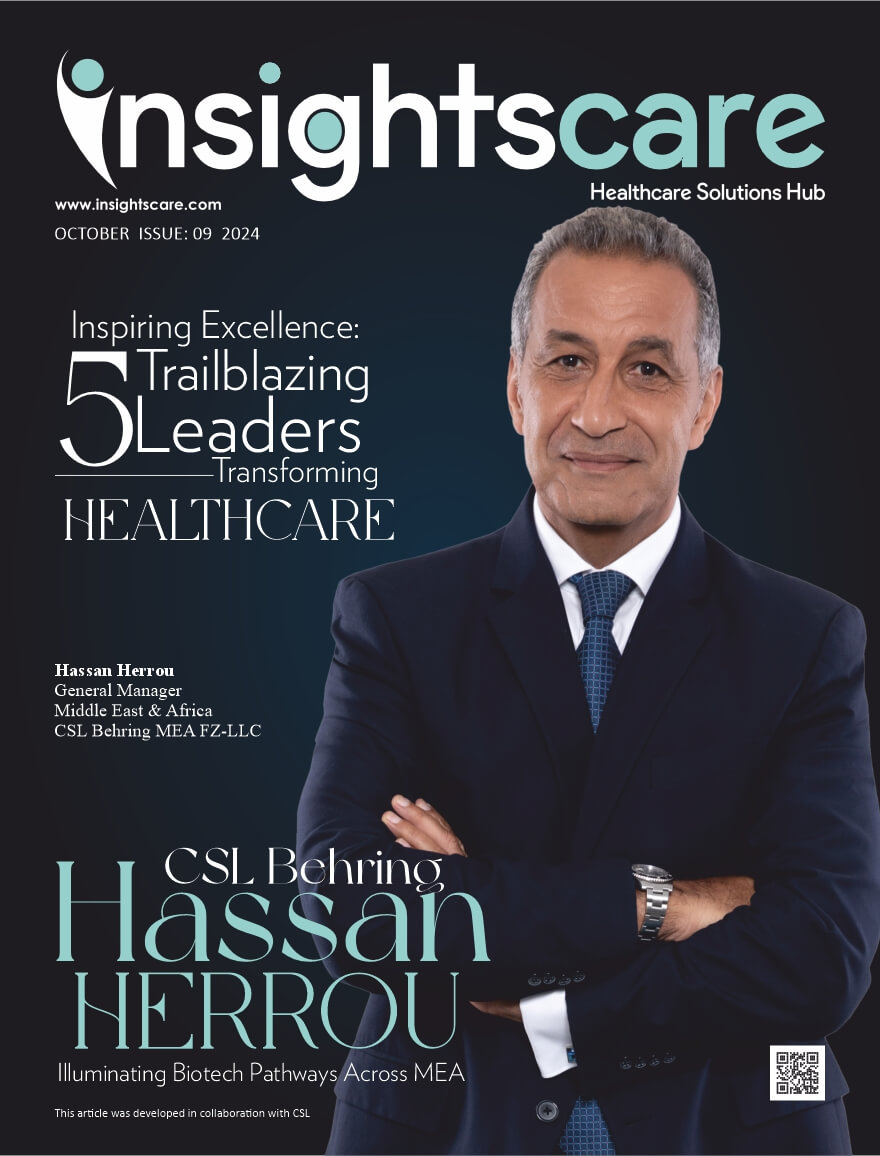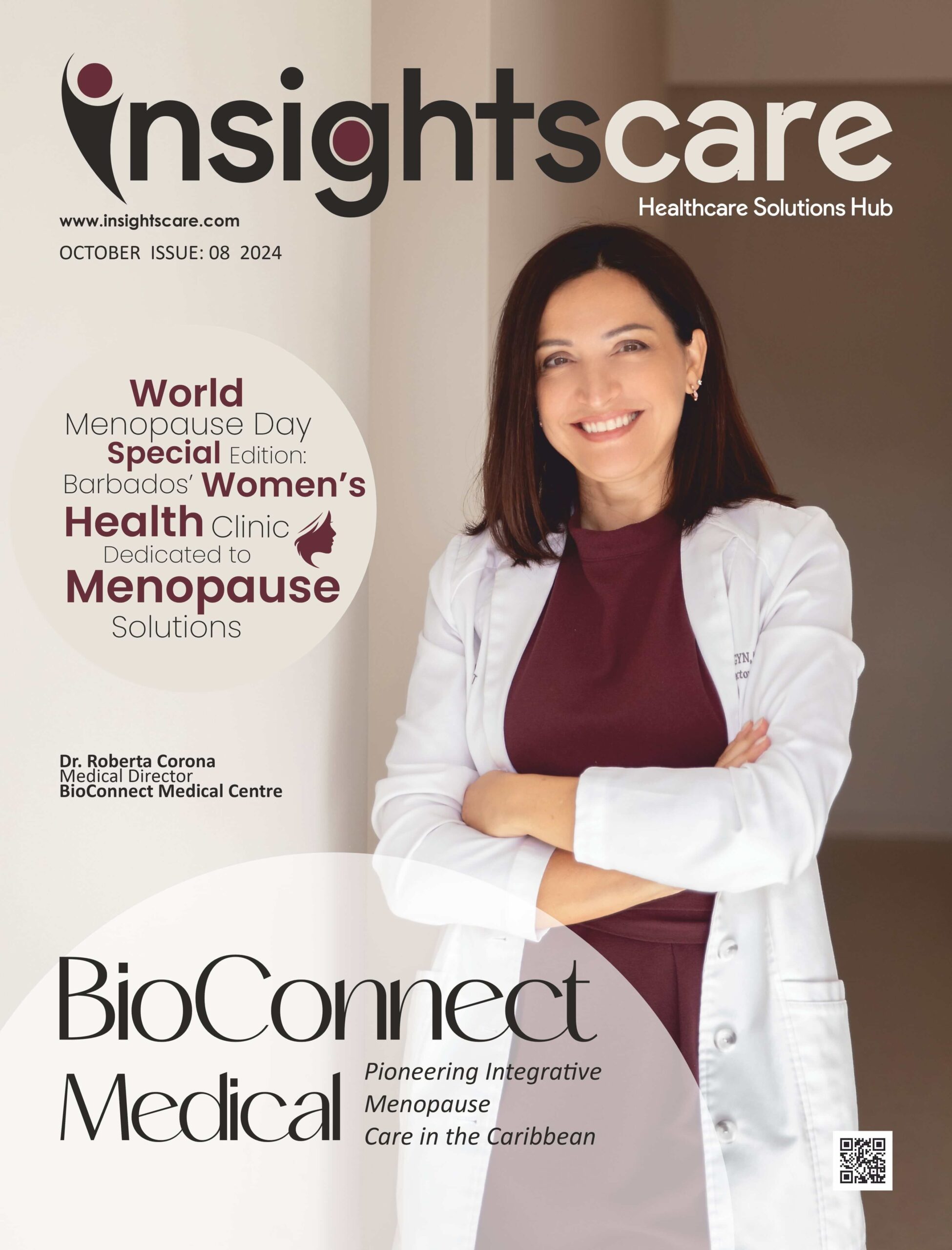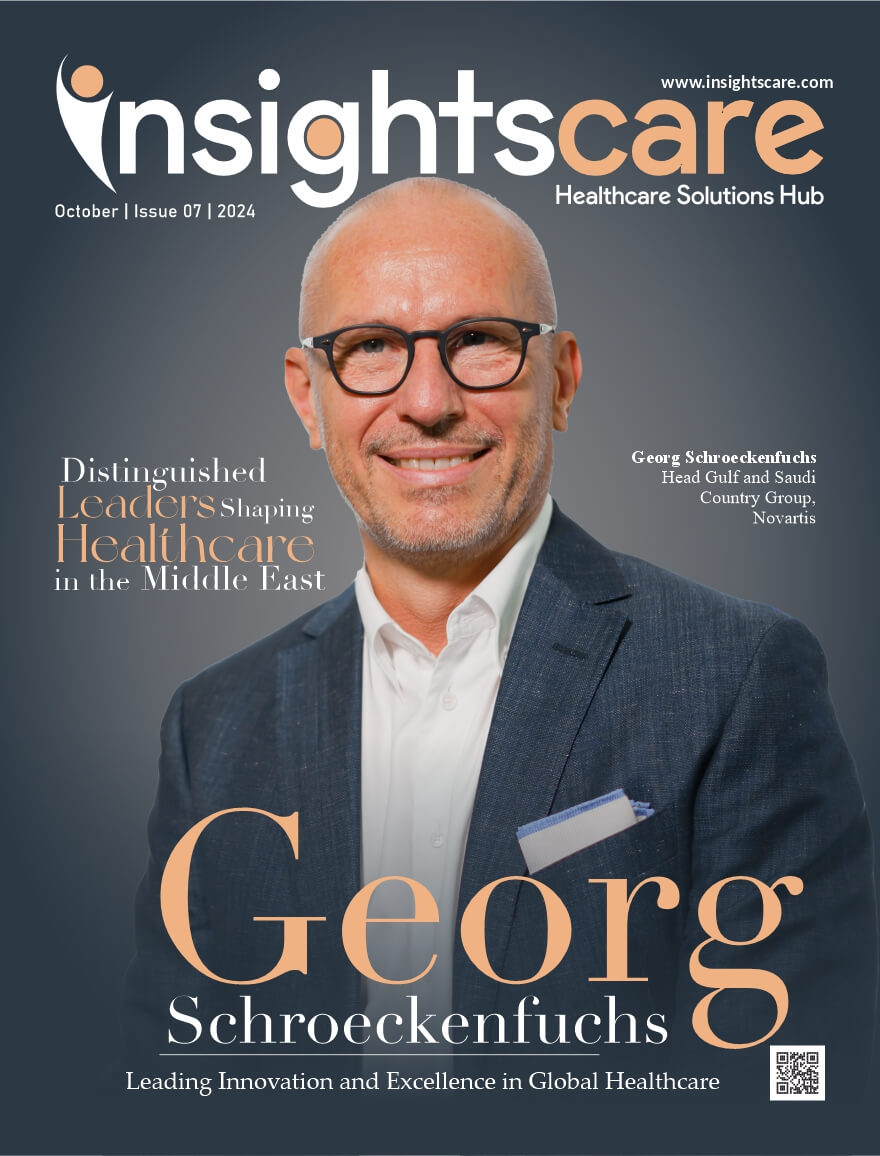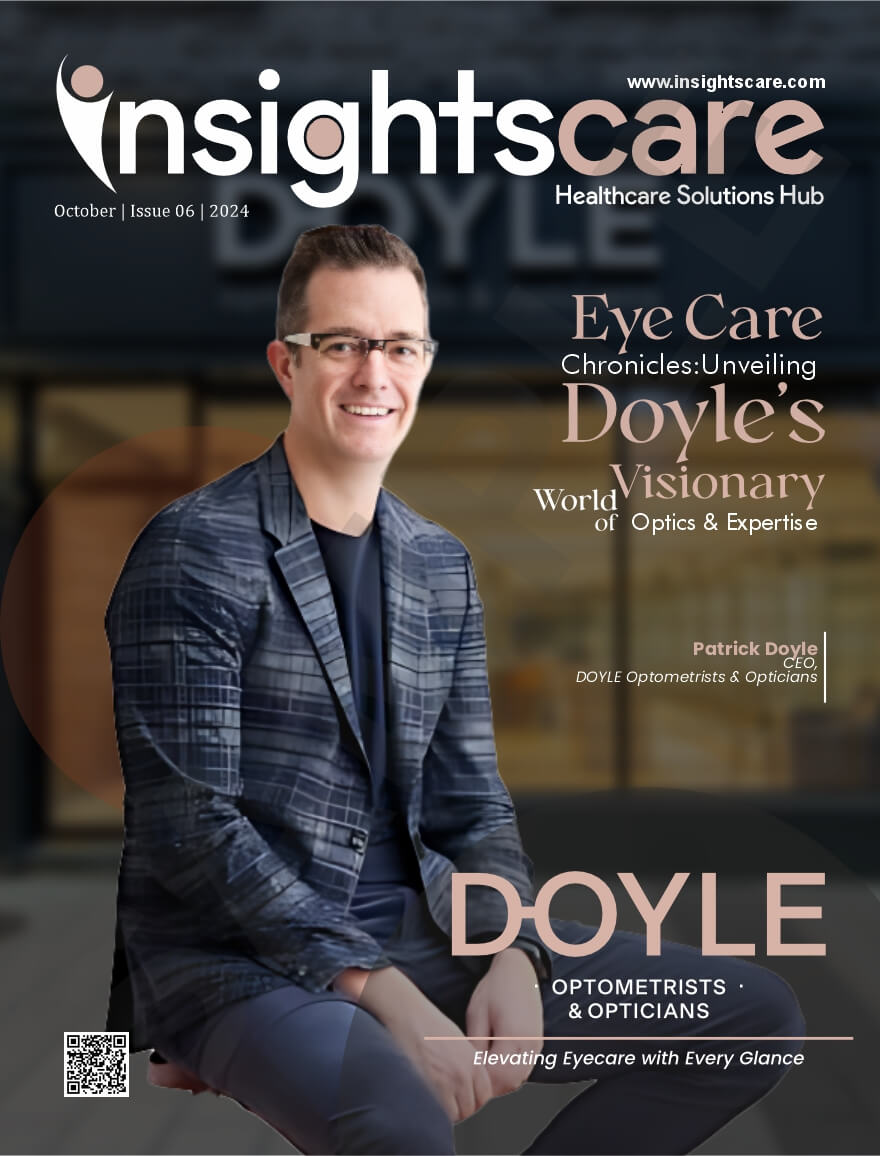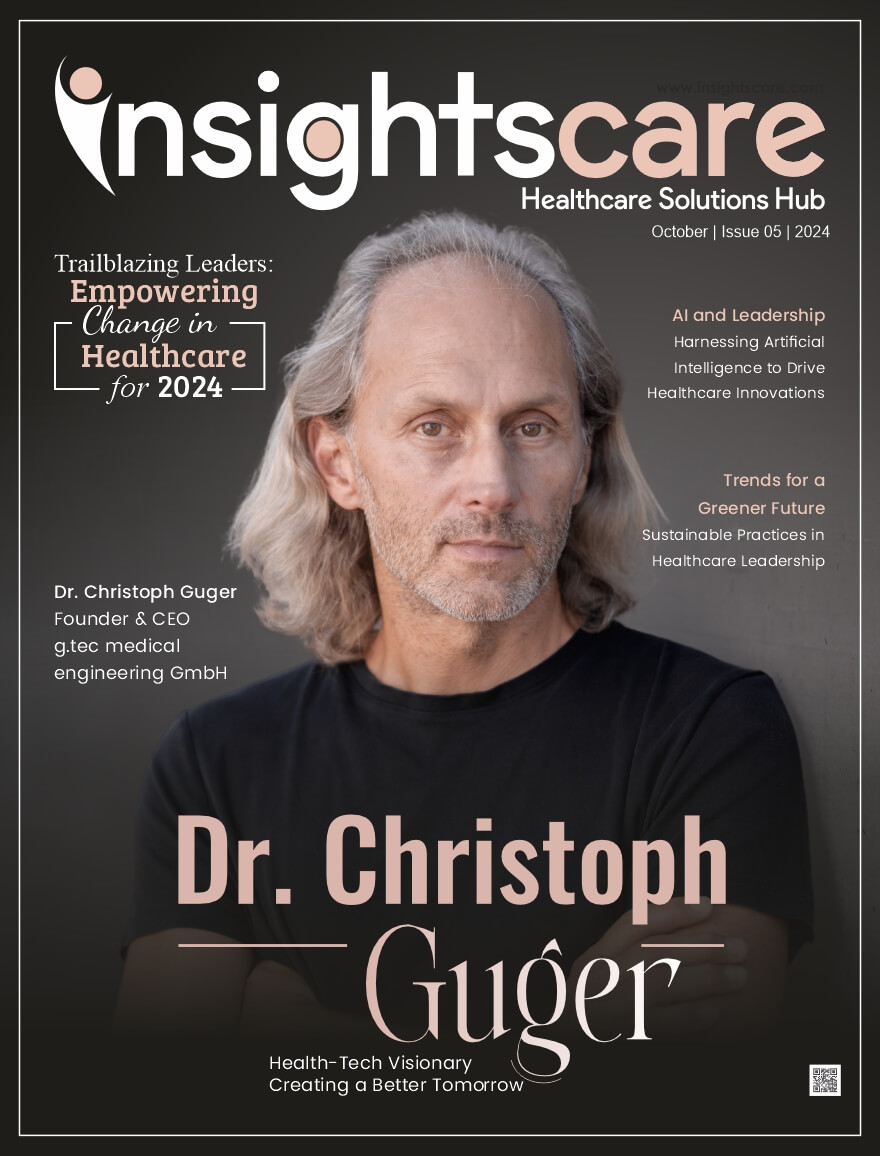Migraine is a prime example of a general class of chronic diseases. These are diseases that begin early in life with an enduring predisposition to attacks. The attack frequency and severity can vary considerably, making migraine a highly individual condition. As an additional complication, many of the heterogeneous disease forms do not respond to first-line therapies. Unfortunately, in many cases, diseases like migraine are progressive and may become extremely refractory to any treatment. This depends on the patient’s previous history, the underlying lifestyle and environmental conditions they are exposed to.
Hence, Newsenselab is one such company with a mobile application, M-sense that helps migraine patients discover personal trigger factors and learn how to avoid attacks. Dr. rer. Nat. Markus Dahlem, the Executive Director and Co-Founder is a physicist turned migraine researcher turned digital medicine entrepreneur. As the managing director of Newsenselab, he is responsible for science, medical and regulatory affairs along with technology and product development.
Through this interview, Dr. rer. Nat. Markus explains to us about how he and his teammates are helping patients improve their lives through M-sense.
- Being a successful leader, what difficulties and challenges do you face? What keeps you motivated?
Company culture profoundly influences performance. The speed at which we advance at Newsenselab depends on how well we collaborate in tiny but cross-functional and interdisciplinary teams – consisting sometimes of only two people. The whole company of about 20 employees has to rely on each other and cooperate flawlessly, all the while understanding how we move towards a goal that is not static. This successive approximation is an exciting learning process. We have developed practices that combine agile software development and information-technology operations with medical expertise. To do this well is one of our challenges.Over the course of my academic career, then in a grant-sponsored spin-off, and finally while securing substantial seed funding for a startup, I always needed to adapt my leadership style. As the company grew, I added to my more affiliative leadership style one that mobilizes people towards my vision of digital medicine. Learning is what motivates me the most.
- Describe in brief about your company and its services?
Newsenselab is a pioneer in digital medicine. Our goal: to treat patients with migraine better.With M-sense, we accompany patients with a migraine for a prolonged period of time. Over the course of their treatment, we offer incremental interventions in order to produce lasting progress toward an improved condition. To this end, M-sense documents symptoms, lifestyle and environmental factors before, during and after headache attacks.M-sense drives the clinical decision-making processes – in particular, to aid diagnosis and monitor drug treatment. Furthermore, M-sense provides data-driven behavioural therapy using education, relaxation exercises and stress management methods in conjunction with physical exercises as an adjunct non-drug-treatment to standard drug treatment.
- What advice would you give to upcoming entrepreneurs and healthcare professionals?
With the EU creating much stricter regulations due to the Medical Device Regulation and the FDA in the US de-regulating certain low claim medical apps, I’m afraid upcoming entrepreneurs in the digital healthcare domain in Europe face a tough situation. Look for other markets, e.g. Asia!
- What is your opinion regarding the current landscape of the healthcare market your company caters to?
Players in the emergent field of digital therapeutics (DTx) need a differentiated mode of action as well as a distinctive patient experience for each DTx application. So besides integrating data-intensive science, the healthcare of the future will have to focus even more on the needs of those affected. Moreover, the channels of supply will become more effective and tightly interlinked.Today, there are already far too few doctors to help all patients; there is a particular lack of specialists. Simultaneously, our healthcare system is becoming more complex as an increasing number of players want to help those affected. Thus the interrelation of all these players and communication between them will surely be central to the coming years.
- How is the advancement in technology changing the healthcare space?
Due to the increasing complexity of our healthcare system, mobile applications like M-sense can make a decisive contribution. We guide the affected patients through their entire patient journey, from the first symptoms to finding an effective treatment. This helps our users to make educated choices and take agency in regards to their health. In addition, we enable doctors to use their time more effectively and meaningfully.With the implementation of the digital care act (Digitale-Gesundheit-Gesetz) in Germany, medical apps will be refunded by statutory health insurances. This means that patients can receive apps through prescription. This will undoubtedly spread the use of digital health applications to parts of the population who did not have access before. We look towards the effects of this change with hope, as this law has the potential to rejuvenate the German healthcare system, as medical practitioners modernise and digitalise their approach to effective treatment.
- Please tell us about your achievements and accomplishments!
Before founding Newsenselab I was a migraine researcher and conducted academic research in the field of dynamical diseases for 20 years. As a theoretical physicist by training, my expertise lies in mathematical modelling.I have developed various approaches for digital therapies. Amongst these were a model-based approach for personalized rewiring of the brain by magnetic field using neuromodulation, the design of preemptive biomarkers based on resonance-like interactions of the migraine brain with environmental conditions, as well as a project on predictive digital biomarkers of drug super-responders based on topical tests that gives insight into a space-time limited blood-brain barrier permeability. Such inventions highlight the need to utilize innovative methodologies to gather useful data sets.
- Where do you envision yourself and your company in the near future?
Currently, our focus is on preparing our product according to the regulations specified in the digital care act. This is a long-haul project as regulatory requirements are as of yet unclear and thus delay an immediate integration of medical apps into standard care.Equally unclear are the requirements for demonstrating the effectiveness of the digital health app. Our plan is to prove the efficacy of M-sense with the clinical study SMARTGEM, which is essentially a project on forms of cross-sectoral and integrated care.Under the consortium of the Charité Berlin, SMARTGEM will be carried out in cooperation with the Clinic for Neurology of the University Medical Center Rostock, the Clinic for Neurology of the University Medical Center Halle (Saale), the Institute for Public Health of the Charité and six statutory health insurance companies.Aside from these challenges, and most immediately, we envision for the first migraine patient to receive M-sense via prescription by a physician in Q4/2020.

